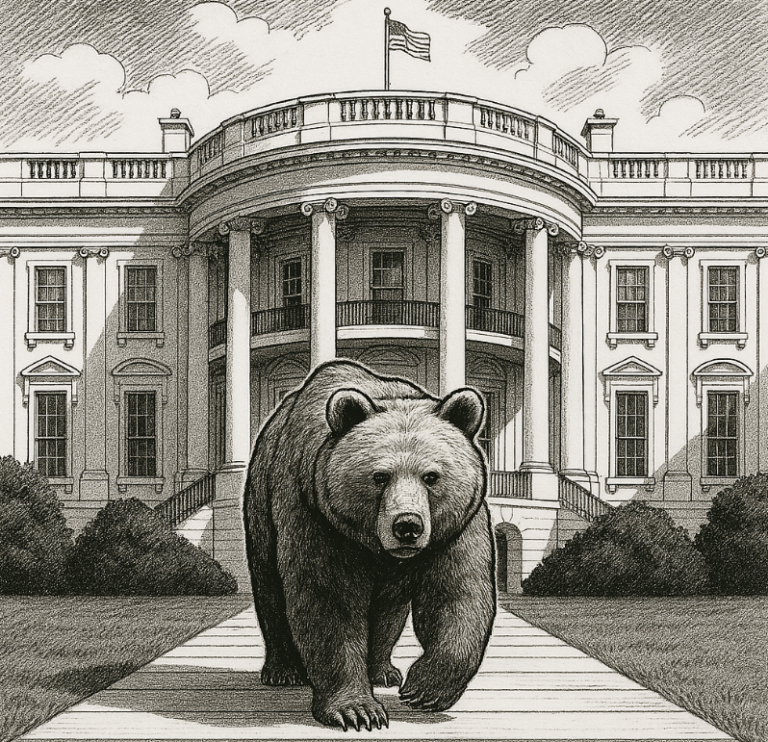
European Window: Brent Rallies to $68.35/bbl
The Aug’25 Brent futures contract saw a volatile afternoon with prices bouncing between $67.76/bbl and $68.29/bbl. Prices then rallied to $68.35/bbl at 17.30 BST (time of writing). In the news, US crude inventories fell by 3.6 mb in the week to Jun 6 to 432.4 mb, a larger draw than expected, as refinery activity picked up, the EIA reported. Refinery utilization rose to 94.3%, the highest crude intake since December 2019. Gasoline and distillate stocks increased by 1.5 mb and 1.2 mb, respectively, while distillate demand fell to its lowest level since April. Notably, the US recorded no crude imports from Saudi Arabia for the first time since early 2021. In other news, MEG Energy announced that its Christina Lake project in Alberta is ramping back up to full operations after recent wildfires in the region. The company has safely returned all staff and begun restarting Phase 2B, which had been delayed by a wildfire-induced power outage. This phase contributes roughly 70 kb/d of production. In May, wildfires across Alberta disrupted operations for several oil producers, including Canadian Natural Resources and Cenovus Energy. Hokchi Energy, one of Mexico’s top private oil and gas producers, is seeking to change its sale contract to PMI Comercio Internacional, the commercial arm of Pemex, after months of delayed payments from the state energy company. Sources say Pemex owes Hokchi over $300 million, though official disclosures show much lower amounts. The request to amend the contract has been denied twice, most recently by Mexico’s energy minister. Finally, the front-month Aug/Sep and the 6-month Aug/Feb’26 spreads are at $0.75/bbl and $2.46/bbl respectively.





